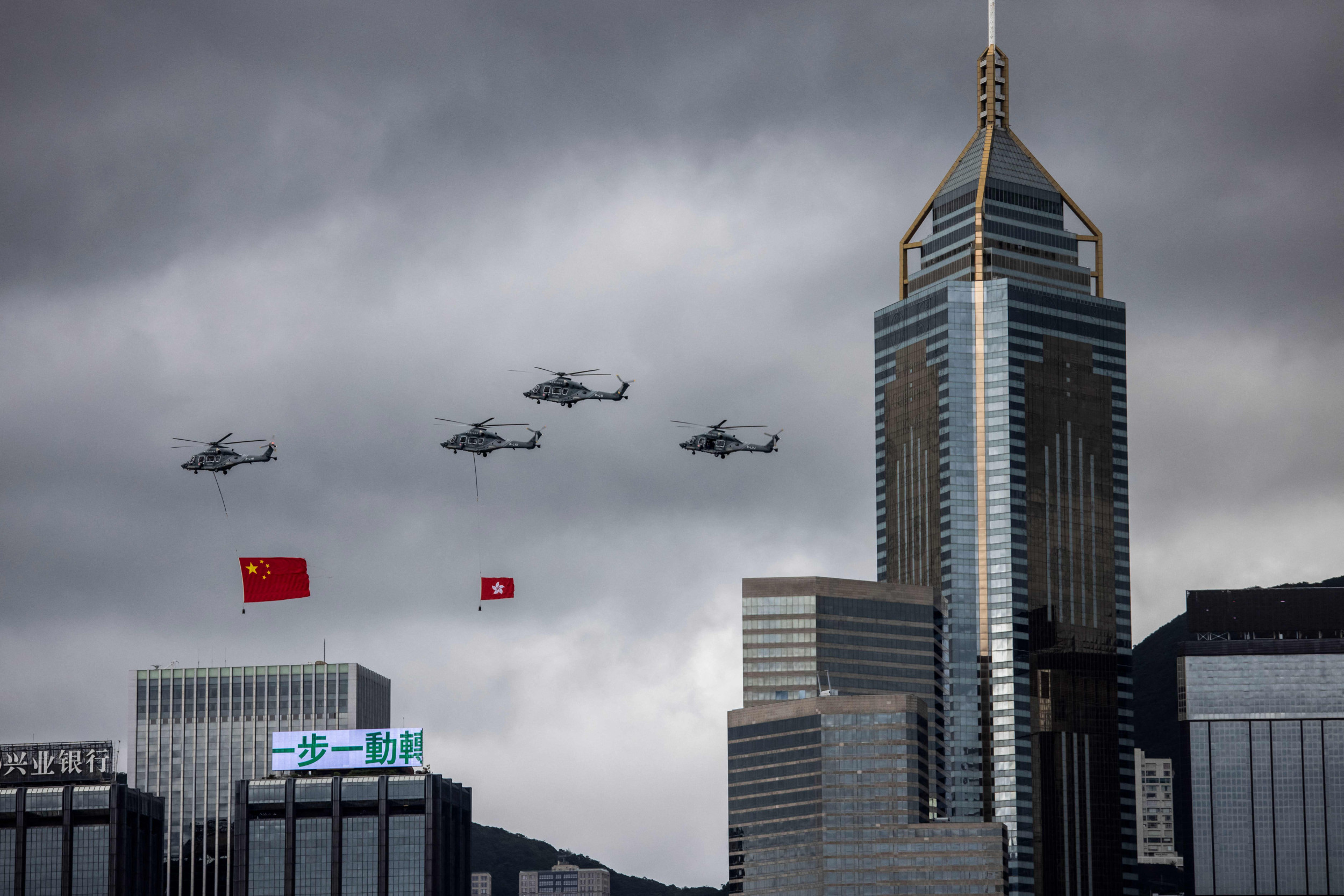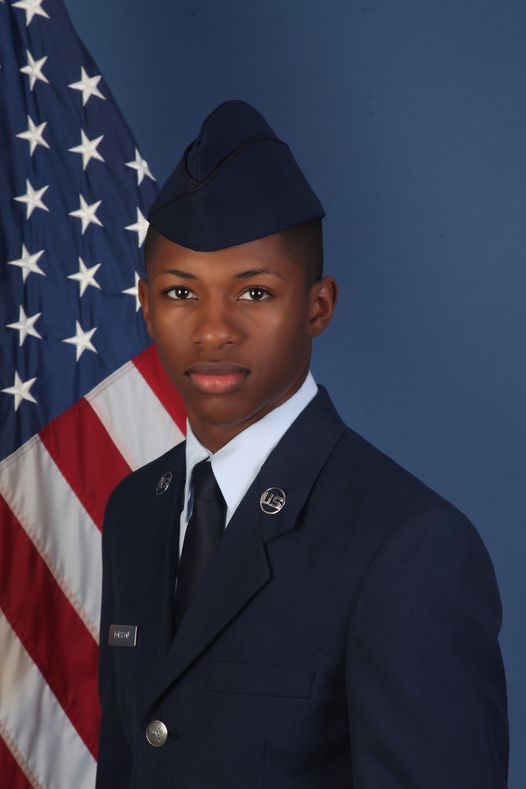
Once every year, Muslims from all corners of the world set course for one of Islam's holiest sites in the city of Mecca. The pilgrimage to the holy city in the Hejaz region of Saudi Arabia is a religious obligation that every adult Muslim with the ability and means must fulfill at least once before the end of their life.
What makes the journey so important is that it replicates the steps of the Prophet Muhammad from over 1,400 years ago. The Hajj journey takes in several locations around Mecca and lasts five days. Those days are determined every year based on the Islamic lunar calendar—Hajj should take place in its final month, Dhu al-Hijja. This usually means Hajj occurs in the early autumn in the northern hemisphere.
Read more: Dancing in the street can get you arrested in Saudi Arabia
Last year, around 1.5 million Muslims visited Mecca's Grand Mosque in honor of the annual religious tradition, in September, according to Al Jazeera. Besides the physical travel to western Saudi Arabia, the pilgrimage to Mecca includes a handful of rituals that some Muslims believe date back to Ibrahim, a prophet in Islam—and also a key figure in Judaeo-Christian traditions, known as Abraham. The prophet Muhammad led the Hajj himself in the final year of his life, 632 A.D.
Once within around 6 miles (10 km) from Mecca, every pilgrim enters state of sacred purity known as ihram and dresses in special ihram garments, that consist of two white seamless sheets, wrapped around the pilgrim's body, and for women, a white head covering. While on Hajj, pilgrims will not cut their hair or their nails until the end of their pilgrimage.
The first ritual upon entering Mecca's Grand Mosque is tawaf—a ceremonial walk around the famous black cube-shaped centerpiece of the holy city, the Ka'ba. Pilgrims circle the Ka'ba seven times in an anti-clockwise direction, praying at the same time. The Ka'ba is inside the al-Masjid al-Haram mosque and Muslims always face toward it to pray, even when not on Hajj. The pilgrims will also run between two hills in the area, where Muslims believe a miracle water spring appeared to save Ibrahim's second wife Hajira (Hagar) and their child Ismail from perishing from thirst in the desert.
Even when the journey to Mecca was more arduous and perilous in previous centuries, the reward for the devout outweighed the risk of death itself. Death during Hajj may be seen as one of the most pious ways to meet one's end, according to the British Museum. A Muslim who died on Hajj could ascend to heaven, sins erased.
Saudi Arabia's King Salman has declared that despite relations with Qatar being at their worst for years as several Gulf countries and Egypt have severed ties with the country over allegations of supporting extremist groups, Riyadh will allow Qatari pilgrims to enter Saudi Arabia for Hajj.
Uncommon Knowledge
Newsweek is committed to challenging conventional wisdom and finding connections in the search for common ground.
Newsweek is committed to challenging conventional wisdom and finding connections in the search for common ground.
About the writer
I am a Staff Writer for Newsweek's international desk. I report on current events in Russia, the former Soviet Union ... Read more
To read how Newsweek uses AI as a newsroom tool, Click here.






